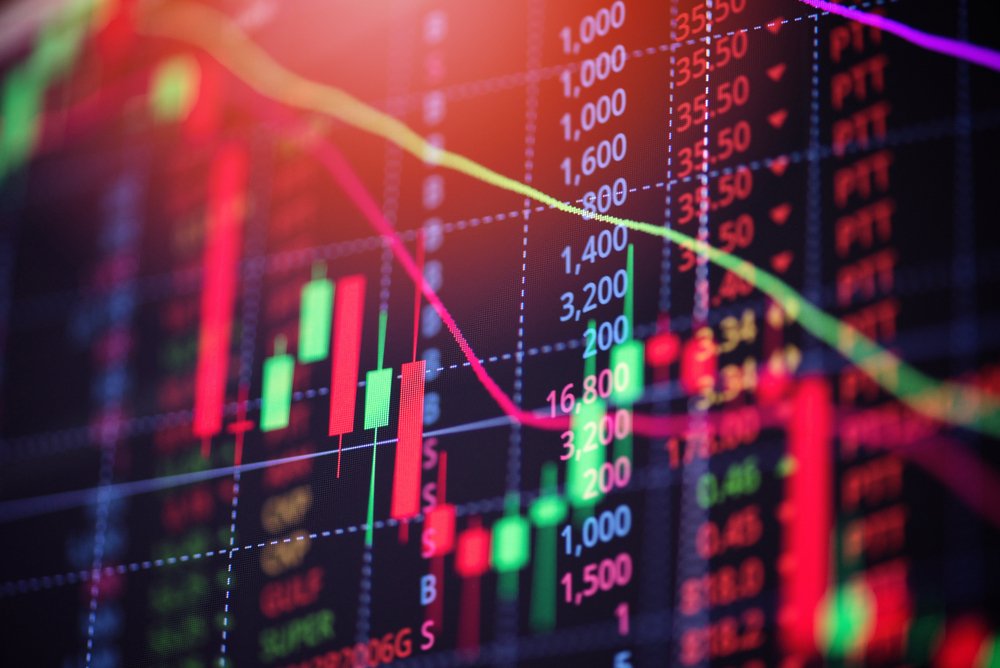LONDON: Stocks fell on Wall Street in morning trading on Thursday and added to weekly losses for major indexes as central banks around the world hiked interest rates to fight inflation, according to AP.
The S&P 500 fell 0.6 percent as of 10:19 a.m. Eastern. The Dow Jones Industrial Average fell 98 points, or 0.3 percent, to 30,086 and the Nasdaq fell 1 percent. Every major index is solidly on track for weekly losses.
The losses were broad and led by retailers, technology stocks and industrial companies.
Starbucks fell 3.4 percent and Apple fell 1.2 percent. Energy stocks gained ground as US crude oil prices rose 3.4 percent. Valero Energy rose 1.4 percent.
Bond yields rose. The yield on the 2-year Treasury, which tends to follow expectations for Fed action, rose significantly to 4.12 percent from 4.02 percent late Wednesday. It is trading at its highest level since 2007.
The yield on the 10-year Treasury, which influences mortgage rates, jumped to 3.65 percent from 3.51 percent from late Wednesday.
Central banks in Europe and Asia raised interests a day after the Federal Reserve made another big rate hike and signaled that more were on the way.
Britain’s central bank raised its key interest rate by another half-percentage point.
Switzerland’s central bank raised its benchmark lending rate by its biggest margin to date, 0.75 percentage points, and said it couldn’t rule out more hikes. Central banks in Norway and the Philippines also raised interest rates.
The Fed and other central banks are raising interest rates in to make borrowing more expensive. The goal is to slow economic growth enough to tame inflation, but not so much that economies slip into a recession.
Wall Street is worried that the Fed may be pumping the brakes too hard on an already slowing economy, which makes steering into a recession more likely.
On Wednesday, Fed chair Jerome Powell stressed his resolve to lift rates high enough to drive inflation back toward the central bank’s 2 percent goal. Powell said the Fed has just started to get to that level with this most recent increase.
The US central bank lifted its benchmark rate, which affects many consumer and business loans, to a range of 3 percent to 3.25 percent. That is the fifth rate hike this year and up from zero at the start of the year.
The Fed also released a forecast known as a “dot plot” that showed it expects its benchmark rate to be 4.4 percent by year’s end, a full point higher than envisioned in June.










